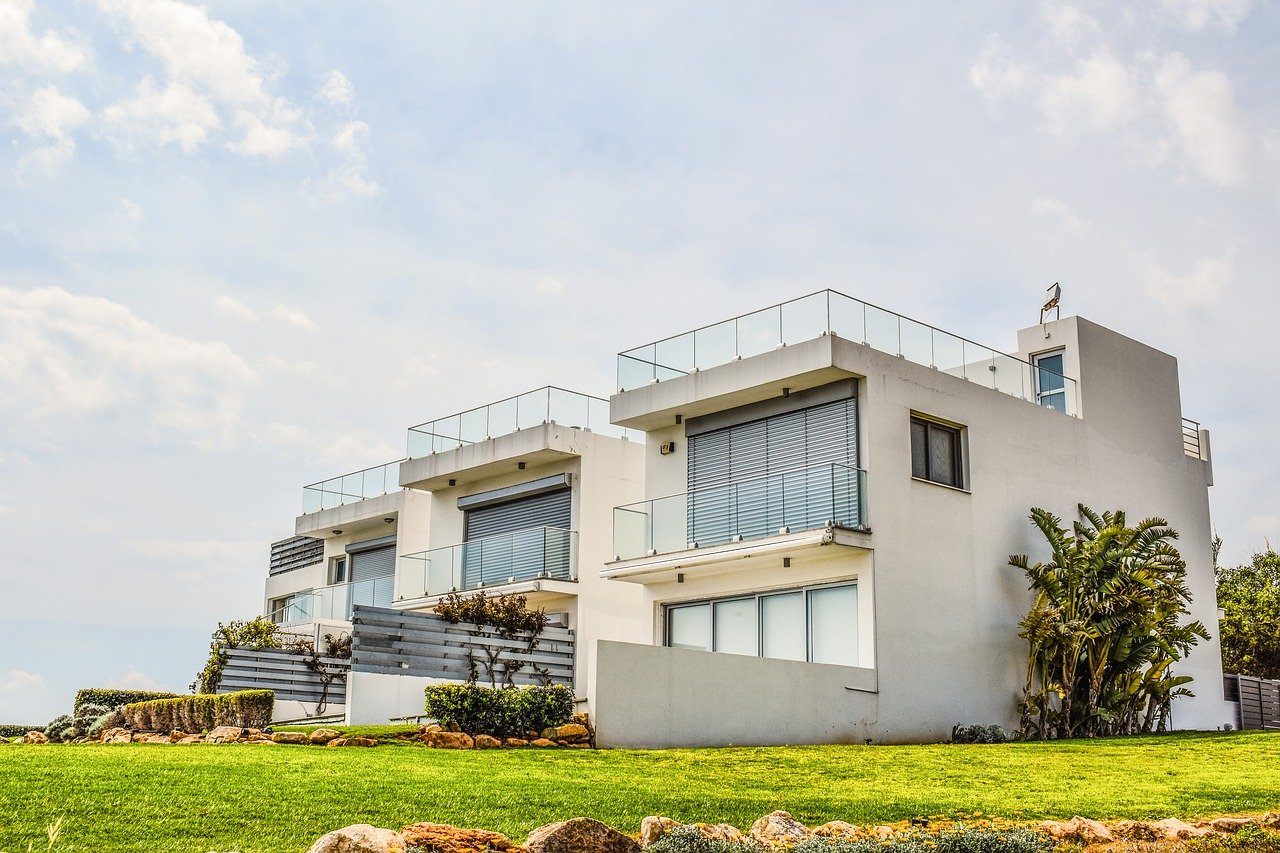10 MUST-HAVE ITEMS FOR REAL ESTATE PHOTOGRAPHY
If you use the wrong real estate photography equipment, you may encounter issues such as a noisy or pixilated appearance, poor lighting, geometric distortions, and so on. If you are an aspiring photographer looking to break into real estate photography and want to avoid taking bad real estate photos, I will assist you in putting together a good equipment kit on a budget.
Top 10 Real Estate Photo Equipment Kits You Will Need
I’ve put together a list of the equipment you’ll need to get started in the real estate photography business.
If you want to save both time and money, consider purchasing a set of equipment rather than individual pieces. The kits listed below include everything you need to get started in this field. You can select the most appropriate one based on your preferred brand.
CANON EQUIPMENT BUNDLE
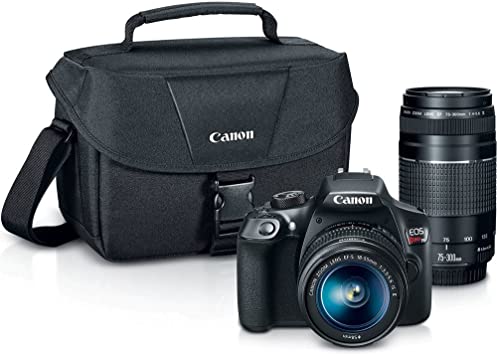
SONY EQUIPMENT BUNDLE
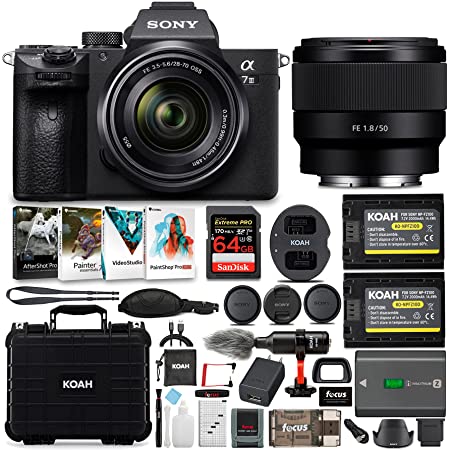
NIKON EQUIPMENT BUNDLE

Even if you have the best real estate photography equipment, your photos will be unappealing unless they are professionally edited. Contact our professional service if you want high-quality images. We will provide photos that meet all industry standards in a timely manner.
1. Shoot with A DSLR Camera
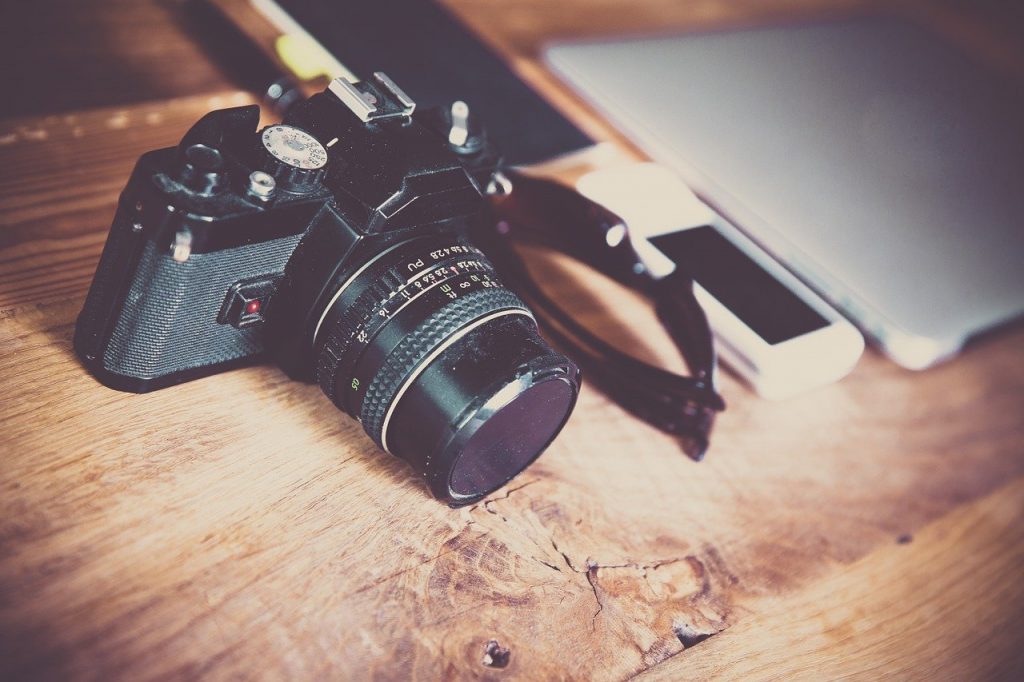
The most important aspect of real estate photography is selecting a suitable camera. Unlike other genres, real estate photography does not have stringent requirements, but you should expect to spend the majority of your money on a camera. A model with a large full-frame sensor and a 1:1 ratio is required.
When photographing with a wide-angle lens, models with smaller aspect ratios cannot provide enough image space. For this type of photography, an automatic exposure bracketing feature is also required. Furthermore, manual adjustments for aperture, shutter speed, and ISO should be possible. A camera with a powerful sensor is required to take pictures with minimal noise in low light.
Canon’s EOS 6D Mark II and Nikon’s D750 are both excellent choices for commercial real estate photography. They will assist you in achieving extraordinary results. However, if you are a beginner photographer on a tight budget, I recommend that you look into the Canon EOS Rebel T6s.
2. Capture Entire Space with a Wide-Angle Lens

Purchasing a good lens for real estate photography is just as important as selecting the proper camera. Wide angle lenses are recommended because they provide a broad perspective. This optics is ideal for interior photography due to its ability to capture the entire room, even in small spaces.
Another important factor to consider when purchasing a lens is the concave view. It allows the viewer to get a better sense of the space. You can also capture the entire room from corner to corner to show it off in its best light. All real estate photography standards are met by the Sony 16-35mm Vario-Tessar T FE F4 ZA OSS E-Mount Lens.
3. Get a Carbon Fiber Tripod
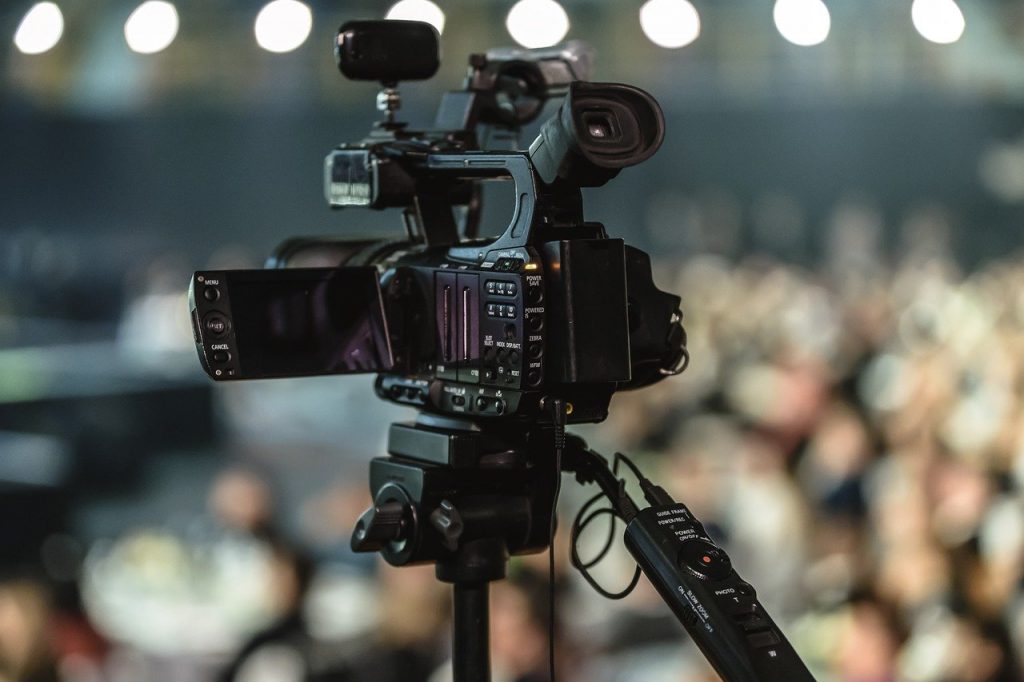
The following step is to select a solid tripod for real estate photography. A tripod, as experts explain during real estate photography classes, should prevent any camera movement by providing a strong and secure grip. As a result, you will avoid blur and your images will appear sharp and clear even when shooting at a slow shutter speed.
If you don’t have ideal lighting, you’ll have to take several shots at different exposures for blending. In this case, shooting from a tripod is ideal. Furthermore, this piece of real estate photography equipment is useful in other situations where long exposures are required. You can, for example, use it for exterior night shots or interior photos in a dimly lit room.
A shaky and unreliable tripod is a bad investment. Consider what would happen if your expensive camera fell off the tripod. A carbon fiber tripod is the best option because of its tight joints, rigid legs, and solid construction, which will provide the necessary safety for your equipment. The Vanguard Alta Pro 263AB tripod is a good value for money. If you can afford to spend more, the Manfrotto MT190CXPRO4 is the best option.
4. Fly Up above Property with a Drone
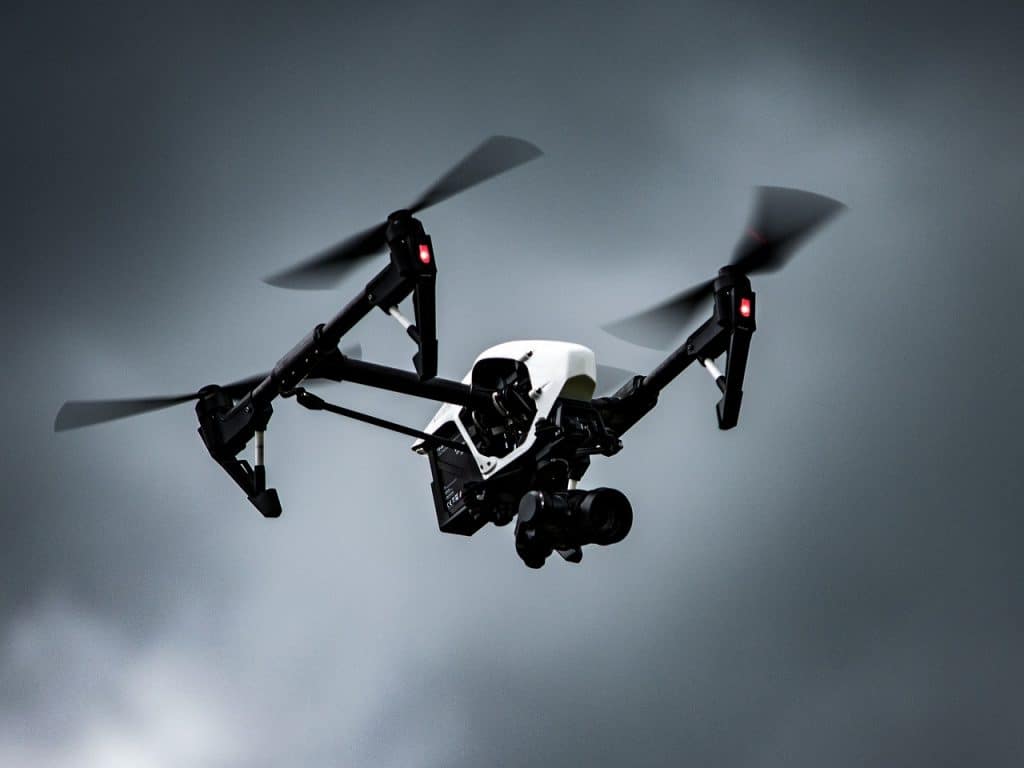
Real estate aerial photography is becoming increasingly popular as the popularity of drones grows. A special drone for real estate photography is required to show the property from a bird’s-eye view. It can be used for a variety of exterior images. Capture a garden, courtyard, house, and a portion of the street, or even the entire neighborhood, to provide potential buyers with more information about the property.
Modern drone manufacturers offer excellent models that produce stunning images. After proper photo post-processing, auto-bracketing shots and RAW images will look fantastic. At the moment, the Phantom 4 Pro, Mavic Pro, and Mavic Air are the market leaders.
Indoor photography is another application for drones. If you can’t get photos of a room or corridor from higher angles, it’s time to bring in an indoor drone. I highly recommend the DJI Mini 2 for its high-quality images.
5. Light the Scene with External Flashes
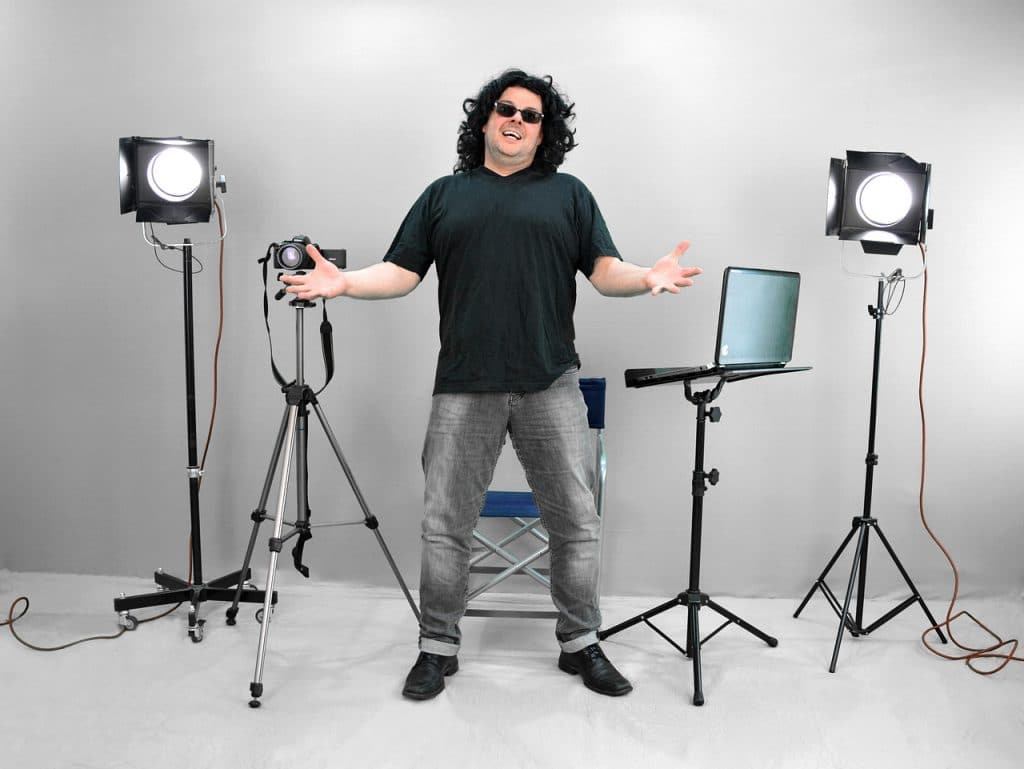
Another essential item among real estate accessories is an external camera flash. This is a great way to get extra light while avoiding the annoyances caused by the built-in pop-up flash. It is especially important for those who work in kitchen photography because they must deal with a lot of reflective surfaces. External flashes can be placed around the room or attached to the camera.
You have more control over the lighting when you can swivel the external flash. You can arrange several units and configure them to fire at the same time if necessary. This allows you to achieve the desired lighting conditions.
When working with natural light, some professionals avoid using flashes. They use bracketing and blending to create visually appealing images that are free of unflattering shadows. However, if your lighting is inadequate, I recommend that you use flash photography tips. Make sure to purchase an external flash that is compatible with a variety of cameras. The YONGNUO YN560 IV is one of the best options in this category. If you don’t want to spend a lot of money on this accessory, consider the Canon Speedlite 430EX III-RT.
6. Trigger the Camera with a Remote
When you need to take a picture without touching the camera, the camera remote trigger comes in handy. It activates the shutter mechanism, allowing you to take clear photographs. Long exposures are required when photographing dark rooms.
In such cases, any movement of the camera can cause the image to blur. Triggers can assist you in avoiding these issues. Furthermore, these remote releases will come in handy for HDR real estate photography. The most important thing is to select one that is appropriate for your camera.
Determine the type of connection on your camera to determine which model and brand is best for you. Wireless triggers are the most widely used. The Nikon ML-L3 Wireless Remote and Canon Wireless Remote Control RC-6 are currently the best options on the market.
7. Choose a Geared Tripod Head
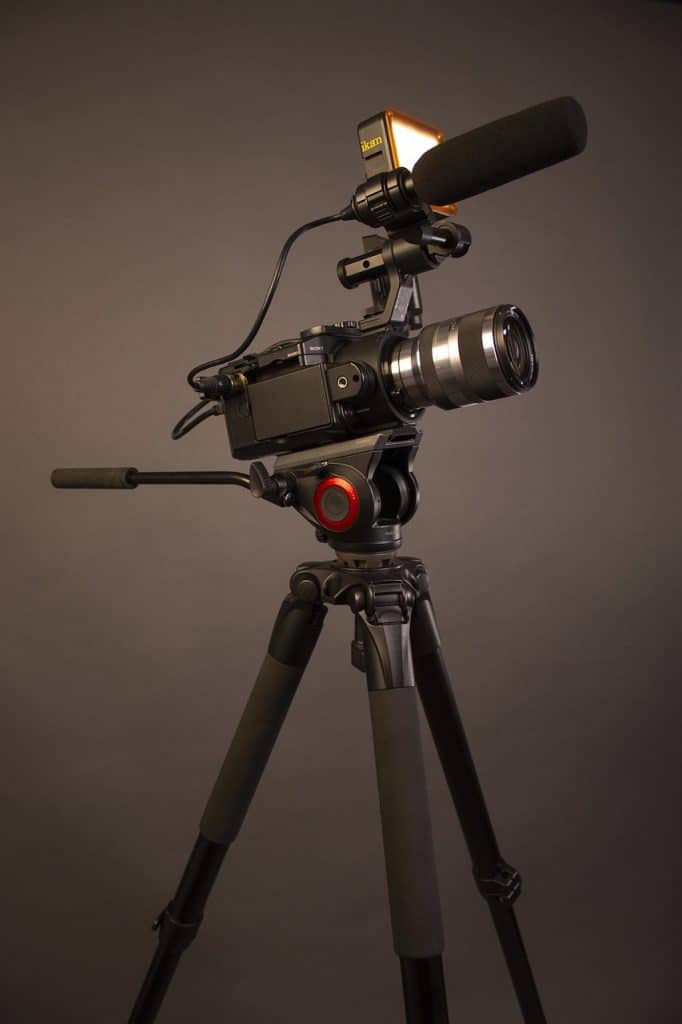
A geared tripod head, according to experienced photographers, provides more control over camera positions than other models. Furthermore, when selecting real estate and architectural photography equipment, avoid purchasing a ball head. Although they are less expensive, you will find it difficult to make minor adjustments with such a head.
The Manfrotto 410 Junior Geared Head is an excellent value. If the price tag doesn’t put you off, the Manfrotto Digital PRO Geared Head provides excellent precision. For 3D real estate photography projects, a panoramic tripod head is a must-have. The Neewer Gimbal Head is also available for purchase.
8. Improve Photos with Lens Filters
If you specialize in high-end real estate photography, you’re probably looking for pictures with perfect blue skies and lush green grass. Another piece of equipment required for real estate photography is a lens filter. With a polarizing filter attached to the lens, you get fewer reflections, glare, and darker skies. In addition, you can buy a neutral density filter and a simple UV filter to take pictures in bright light with a larger aperture and slower shutter speeds. Of course, you can shoot without filters and achieve the same results in post-production.
9. Expose Your Shots Better with Light Meter
To determine the proper exposure, you will need to use a light metre. This device allows you to better adjust the shutter speed and aperture based on the lighting conditions. Some camera manufacturers include built-in light metres.
Built-in meters, on the other hand, are not the best way to get the perfect exposure for your photo. They only measure the light that falls on the camera and not the light that falls on the entire scene. As a result, experts advise purchasing external models. The Dr. Meter 1330B-V has a high-quality light sensor, making it a good choice.
10. Keep Your Gear Safe in a Bag
Because you will be traveling a long distance between shooting locations, a sturdy and dependable bag is an essential piece of real estate photography equipment. It should be big enough to hold the camera and all of its accessories. During your journeys, the camera bag should securely protect your equipment.
It all depends on your personal preferences. There are numerous types of bags available today, including camera backpacks, roller bags, sling bags, and drone backpacks. The Pelican 1510 Case is my recommendation. This is a very good option. It’s also easy to transport thanks to the wheels.
Note: If you want to make some adjustments to the photo just let me know. I can do it for you at a very low cost. You can hire me to edit your photo.
LATEST POST
- Best AI tools for Facebook AdsIf you’re seeking to improve your Facebook advertising strategies, Birch or Revealbot, AdEspresso by Hootsuite, and Zalster are exceptional AI tools that enhance efficiency and maximize ad performance.
- Photo Editing MistakesExcessive editing, Oversaturating colors, Blurred images, Too much HDR and Overdoing filters and effects are some of the top photo editing mistakes to avoid for crafting stunning pictures.
- Best AI tools for lead generationExplore Customers.ai, Instantly, Seamless.AI, and LeadIQ are some of the best AI tools for lead generation as they provide you with client’s details for closing deals. Uncover its key features, affordable pricing, and customer reviews.
- Benefits of Digital Business CardsWhat is a digital business card? Discover the benefits of digital business cards and how to create digital business cards suitable to your professional image and networking efforts.
- Best web design companies in TrivandrumRainx LLP, Oregon Technologies, Redwet Solutions, and Globify Digital Solutions are among the best web designing company in Trivandrum, specializing in website development.

